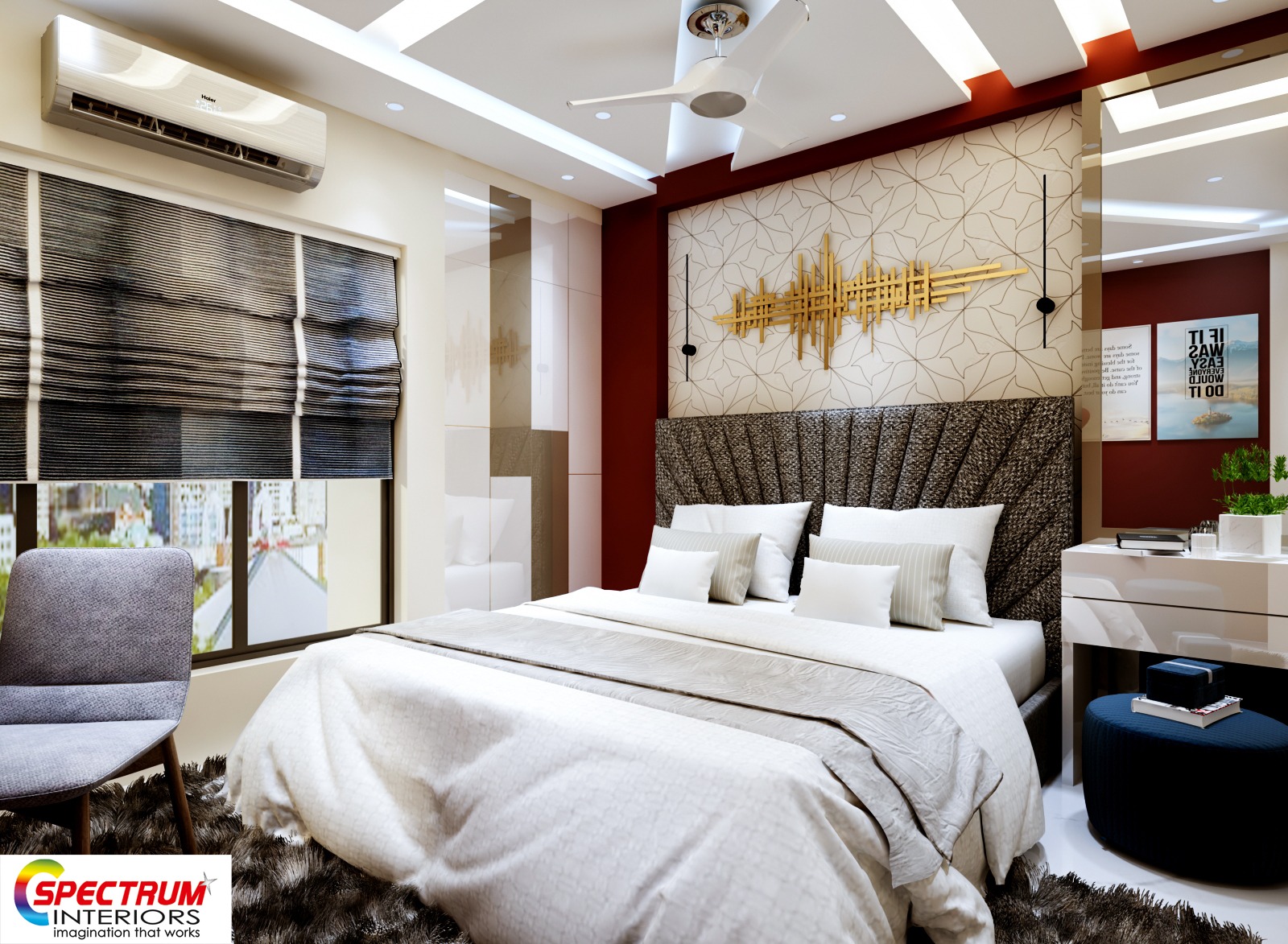Achieve a high-end look with expert luxury interior design.
Achieve a high-end look with expert luxury interior design.
Blog Article
Transform Your Home With Essential Principles of Interior Decoration and Looks
By comprehending the impact of color concept and the importance of texture and patterns, one can develop areas that are not just visually enticing however also deeply individual. Accomplishing this equilibrium includes more than simple decor; it incorporates a calculated plan and an eager understanding of exactly how each element connects within a room.
Recognizing Shade Concept
Recognizing the concepts of color concept permits developers to produce rooms that resonate emotionally with occupants while meeting useful needs. Each classification plays an essential role in establishing harmony within a room.
The psychological impact of colors is profound; cozy hues such as reds and oranges evoke energy and warmth, while trendy tones like blues and environment-friendlies advertise calmness and serenity. Additionally, making use of corresponding colors boosts visual interest, producing striking contrasts that can raise an area's allure.
Neutral shades, on the various other hand, serve as a functional backdrop, enabling various other layout elements to shine. It is necessary to take into consideration variables such as lights and the area's objective when picking a color combination, as these can alter the assumption of shades throughout the day.
Inevitably, a well-considered color design can change an area, promoting a sense of comfort and design that straightens with the citizens' preferences. Proficiency of shade theory is, for that reason, an important skill for any interior developer intending to produce harmonious and welcoming atmospheres.
Achieving Balance in Design
How can developers accomplish a sense of stability in their areas? Achieving balance in layout is essential to creating unified insides.
Asymmetrical equilibrium, on the other hand, depends on differing elements that still accomplish a cohesive look. This approach enables for more vibrant and informal setups, offering passion while maintaining balance. By thoroughly picking varying sizes, shades, and textures, developers can create an aesthetically engaging space that feels well balanced yet energetic.
Radial balance highlights a main focal point with aspects emitting outward. This style is commonly seen in circular designs, where furnishings and style create a cohesive surround that attracts the eye internal.
Ultimately, accomplishing equilibrium calls for thoughtful factor to consider of scale, percentage, and the partnerships in between elements. Architecture Firm. By masterfully using these equilibrium principles, designers can transform spaces into atmospheres that feel both aesthetically pleasing and functionally harmonious, improving the general experience for passengers
Relevance of Spatial Recognition

A keen sense of spatial awareness allows designers to determine centerpieces within a room, guiding the audience's interest to crucial functions while keeping a general feeling of unity. It additionally aids in the calculated placement of lights, which can drastically influence the understanding of area and mood. Comprehending spatial connections enables the developer to provide to the specific demands of citizens, making sure that each area offers its designated function without compromising aesthetics.
Inevitably, spatial recognition is important for making the most of the capacity of any indoor area. By carefully taking into consideration the interplay in between measurements, format, and function, developers can produce environments that not just meet functional requirements yet likewise stimulate a sense of view it convenience and appeal, enhancing the overall living experience.
Including Structure and Patterns
Welcoming a diverse variety of structures and patterns can significantly boost the visual and responsive charm of an indoor space. The critical use of different materials-- such as timber, metal, textile, and stone-- produces deepness and interest, making an area feel extra inviting and vibrant. For circumstances, combining smooth surface areas with harsh textures can establish an equilibrium that draws the eye and engages the detects.
When including patterns, consider both range and repetition. Big patterns can act as centerpieces, while smaller, refined designs can complement other components without overwhelming the space. Layering patterns, such as pairing floral cushions with striped throws, includes intricacy and a sense of harmony if performed thoughtfully.
It is also essential to keep a natural color scheme, making sure that textures and patterns collaborate instead than complete for focus. By choosing a couple of essential structures and look at this site patterns, you can create an unified aesthetic that reflects your individual style while improving the general ambiance of the area. Inevitably, the cautious incorporation of these elements can transform a mundane room right into an advanced environment abundant with character and warmth.
Personalizing Your Room
Developing an area that reflects your individuality is crucial to achieving a really inviting setting. Personalization in interior decoration allows you to instill your distinct design and interests right into your home, transforming it from a plain shelter right into a haven that talks to that you are. Begin by choosing a shade combination that reverberates with your emotions-- vibrant shades can invigorate, while soft tones provide peace.
Integrate art work and design that mirror your enthusiasms, whether it be traveling, nature, or abstract principles. Displaying individual collections, such as books, photos, or keepsakes, can evoke valued memories and develop focal factors within an area. Additionally, think about customizing practical items, like upholstered furniture, to straighten with your visual choices.

Final Thought
In verdict, the makeover of a home through the necessary concepts of interior decoration and aesthetics requires a thorough understanding of shade theory, balance, spatial awareness, structure, and customization. Each component adds significantly to producing a harmonious and practical living atmosphere - luxury interior design. By thoughtfully integrating these principles, people can improve the aesthetic charm and psychological vibration of their areas, inevitably fostering a home that shows special identifications while supplying convenience and functionality
Report this page